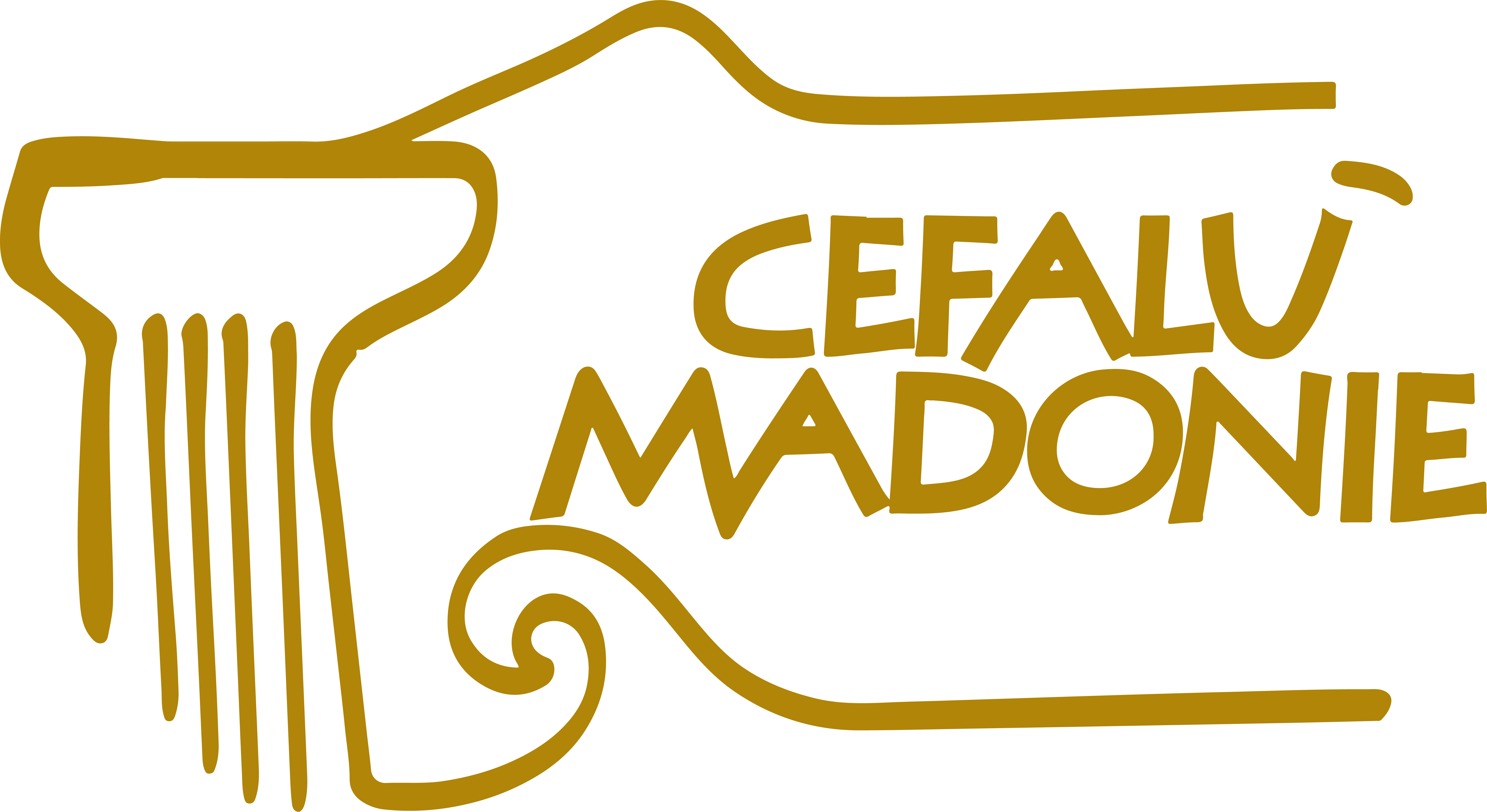Termini Imerese

- Area 78 km²
- Elevation 77 m
- Population 27062 (termitani)
- Cap 90018
- Dialing code 091
- Web-site https://www.comuneterminiimerese.pa.it/
The territory where the old center of the city of Termini Imerese stands, thanks to the natural fortification given by shelters and caves under the rock, has been inhabited since prehistoric times. In these same lands the city of Himera was founded in 648 BC by Calcidese population from Zancle, the actual Messina, and by exiles from Siracusa. In 409 B.C. Carthaginians undertook an armed campaign in Sicily and led to the destruction of many of the most important Greek cities. After the siege of Selinunte, the Carthaginians turned their attentions to Himera; the residents of the latter were aware of the fate suffered by those of Selinunte, decided to leave the city and go to Messina. Anyway 3000 inhabitants were killed on the order of the general and the city was razed to the ground.
After two years since these events occurred, the exiles founded a new city, calling it Thermai Himeraìai, the current Termini Imerese; this name derives from the existence of hot springs still used. According to the myth mentioned by Pindar, the thermal waters have flowed by reason of some nymphs who wanted to appease Athena and Hercules bathed in them for the first time after the fight against Erice. The coins of Termini Imerese have indeed carved on both sides the head of Hercules and the three nymphs. Currently, the modern springs occupy the same place of those ancient Roman ones and retain the remains.
The history of Termini Imerese continues to be linked to events of Carthaginians even in later times: in 397 BC inhabitants helped Dionigi in his attack against the eparchy of Carthage; in 361 BC, while the city was dominated by the Carthaginians, Agatocle was born; destined to be the tyrant of Syracuse, he made the city one of the bases for his fight against Carthage; in 260 BC, during the first Punic War, the Romans were badly defeated here by Amilcare and reconquered the city only in 253 BC.
After the fall of the Roman Empire, there began a period of decadence and darkness of the city. During the Norman domination it became a royal town and then a state property. Finally, after the wars of the Sicilian Vespers it was given by Frederick IV of Aragon to Vinciguerra of Aragon. From the Middle Ages to 1800, the city became one of the main Sicilian ports for shipment of grain and other commodities that were taxed with duties by "Regio Caricatore". Then the city started intense relations with the Maritime Republics and the Mediterranean ports of Marseille and Barcelona and then also with the Atlantic Ocean from 1500.
In 1800 the grain freight was blocked triggering a deep economic crisis which lasted all century, tempered by the emerging different artisanal and industrial activities.
Adjacent municipalities
Caccamo, Campofelice di Roccella, Cerda, Collesano, Sciara, Trabia
